Understanding the Importance of a Sewer Backup Valve
A sewer backup valve, also known as a backwater valve or backflow preventer, is a crucial component of a plumbing system. Its main purpose is to prevent sewage from flowing back into your house during heavy rainstorms or sewage system overload. The valve works by allowing wastewater to flow out of your property while preventing backflow from entering your home.
When sewer lines become overloaded or clogged, excess wastewater may not be able to pass through the main sewer line. This can cause sewage to back up into your drains, toilets, and other plumbing fixtures. A sewer backup can result in serious damage to your property and pose health risks due to the contamination of water with bacteria, viruses, and other harmful substances.
How Does a Sewer Backup Valve Work?
A sewer backup valve is typically installed in the main sewer line where it connects to your property. It consists of a flap or gate that allows wastewater to flow out of your property and prevents sewage from flowing back in. When the wastewater is flowing normally, the flap remains open, allowing the sewage to pass through the valve and into the main sewer line.
However, when there is a surge of water or a backup in the sewer system, the flap closes to prevent the wastewater from coming back into your home. This action creates a barrier that protects your property from sewage backups and reduces the risk of damage caused by flooding and contamination.
Types of Sewer Backup Valves
There are different types of sewer backup valves available, including:
- Check valves: These valves have a one-way flap that allows wastewater to flow out but prevents it from flowing back in.
- Gate valves: Gate valves use a solid gate to block the flow of sewage during a backup. They are typically operated manually.
- Automatic gate valves: These valves use electronic sensors to detect a potential backup and automatically close the gate to prevent the sewage from entering your property. They may also have battery backup systems to ensure their functionality during power outages.
The Benefits of Installing a Sewer Backup Valve
Installing a sewer backup valve offers several benefits, including:
- Protection against sewage backups: A sewer backup valve acts as a safeguard, preventing sewage from entering your home and causing damage. It helps protect your property and belongings from contamination and reduces the risk of costly repairs.
- Peace of mind: Knowing that you have a backup valve installed can provide peace of mind, especially during heavy rainstorms or when the sewer system is at risk of overload.
- Compliance with local regulations: In some areas, installing a sewer backup valve may be required by local building codes or regulations.
- Insurance savings: Some insurance companies offer discounts on homeowners’ insurance premiums for properties that have sewer backup valves installed.
- Improved resale value: Having a sewer backup valve can be an attractive feature for potential buyers when selling your home.
Note: Always Consult a Professional
When considering the installation of a sewer backup valve, it is important to consult a professional plumber or a licensed contractor. They will be able to assess your specific plumbing needs, recommend the most suitable type of valve for your property, and ensure proper installation.



